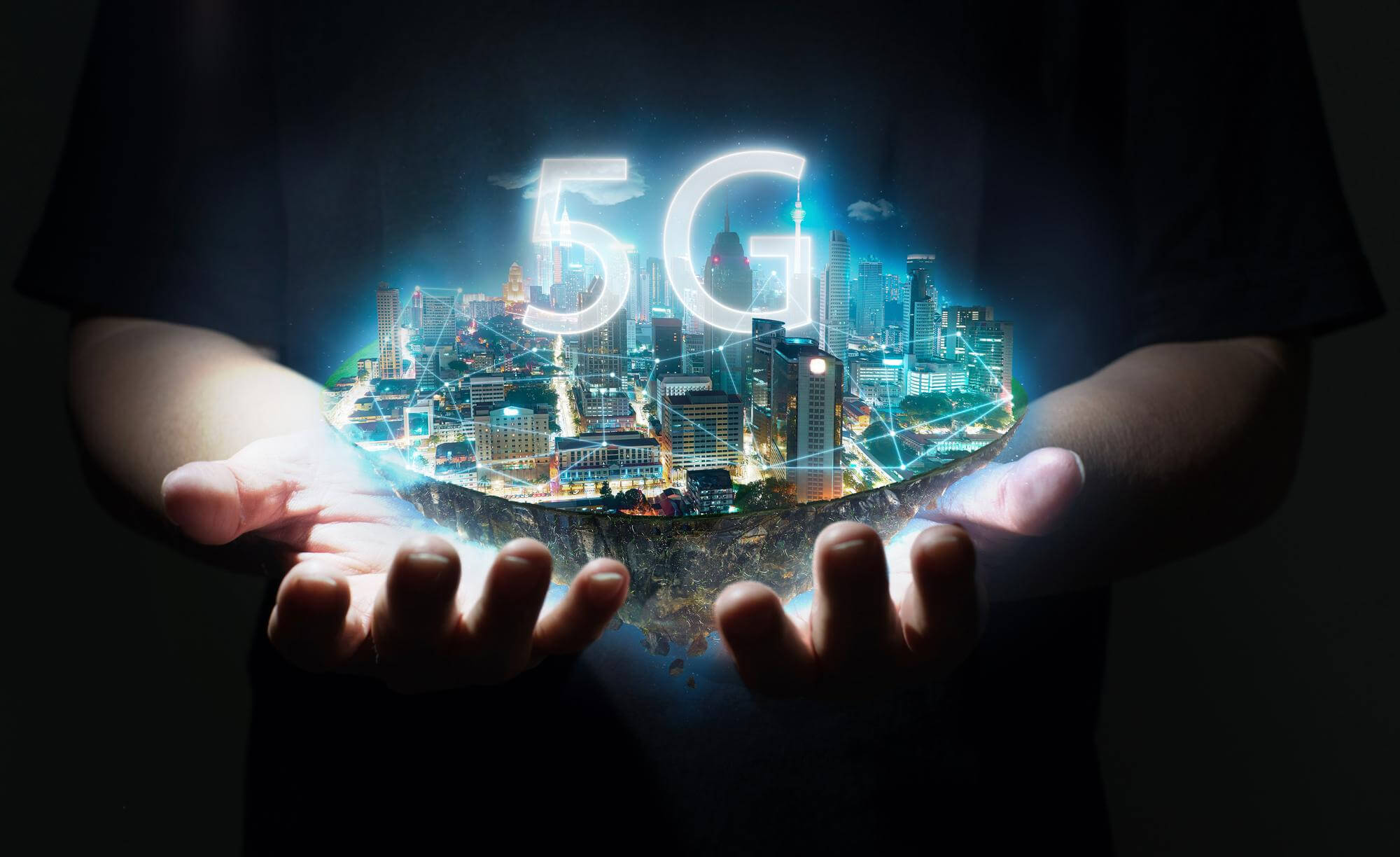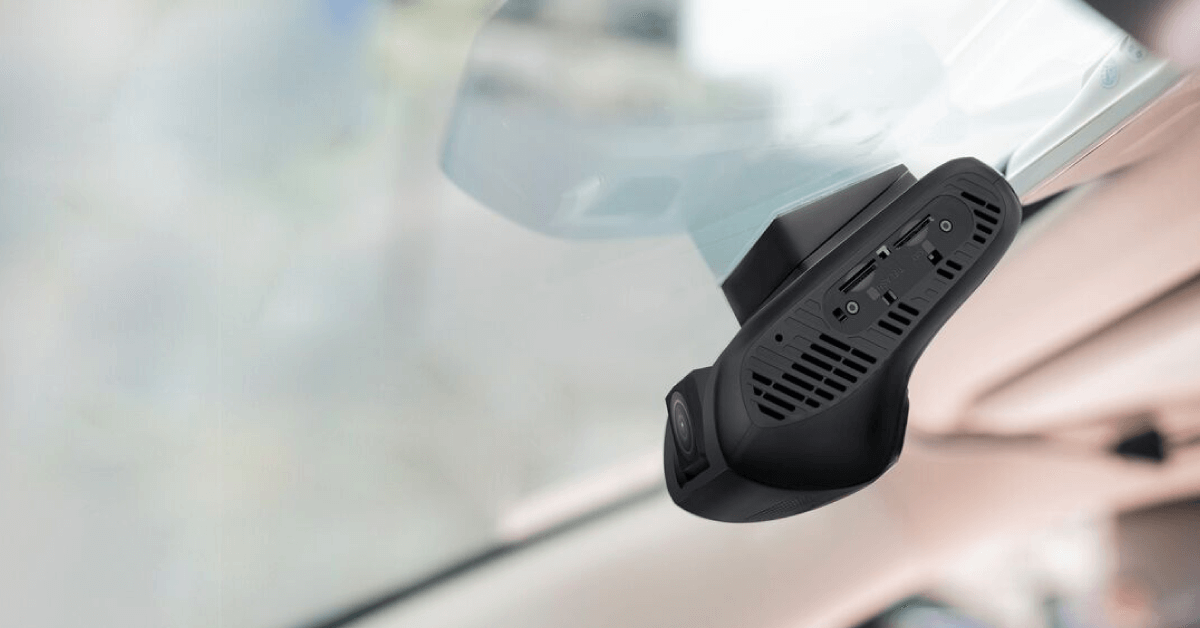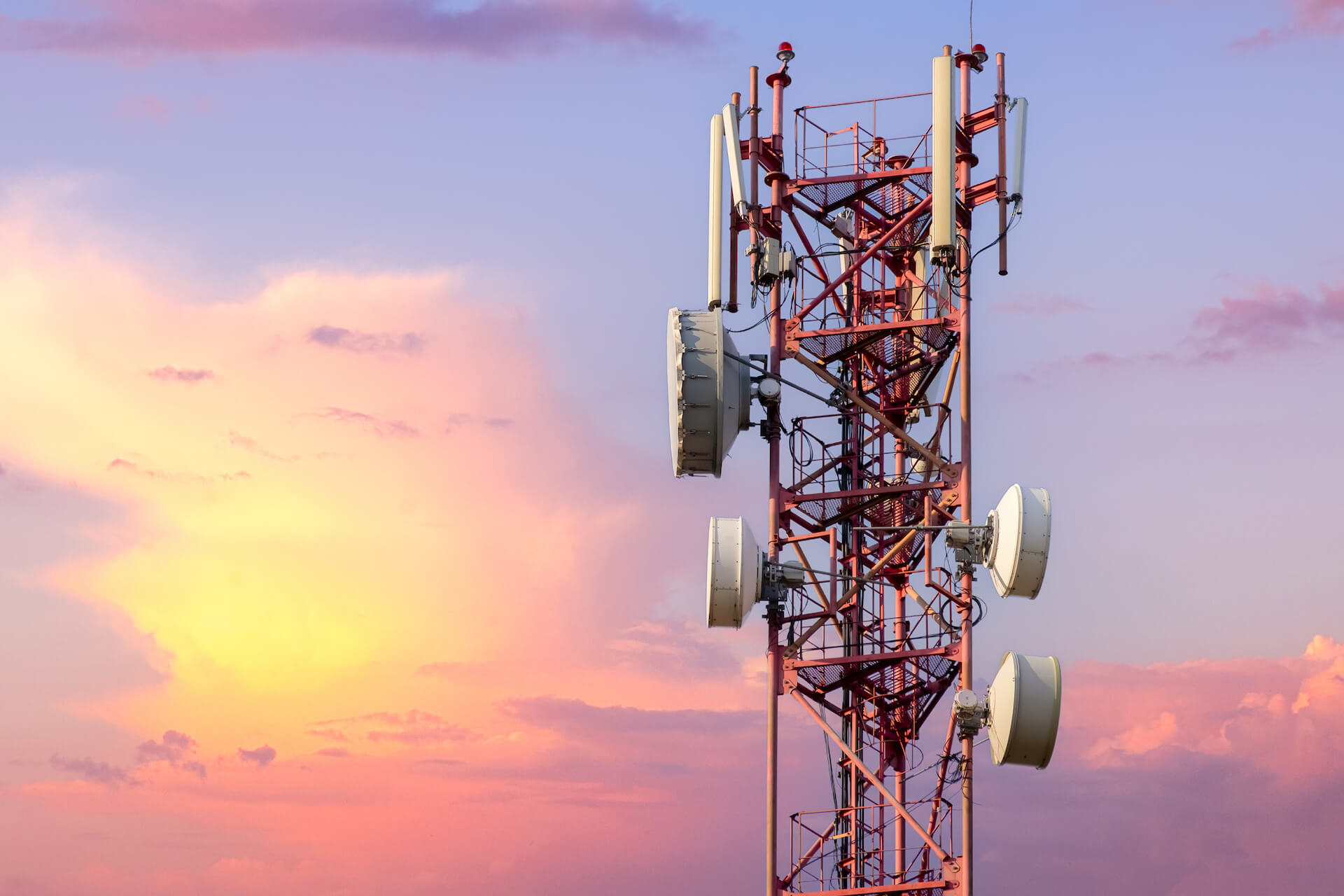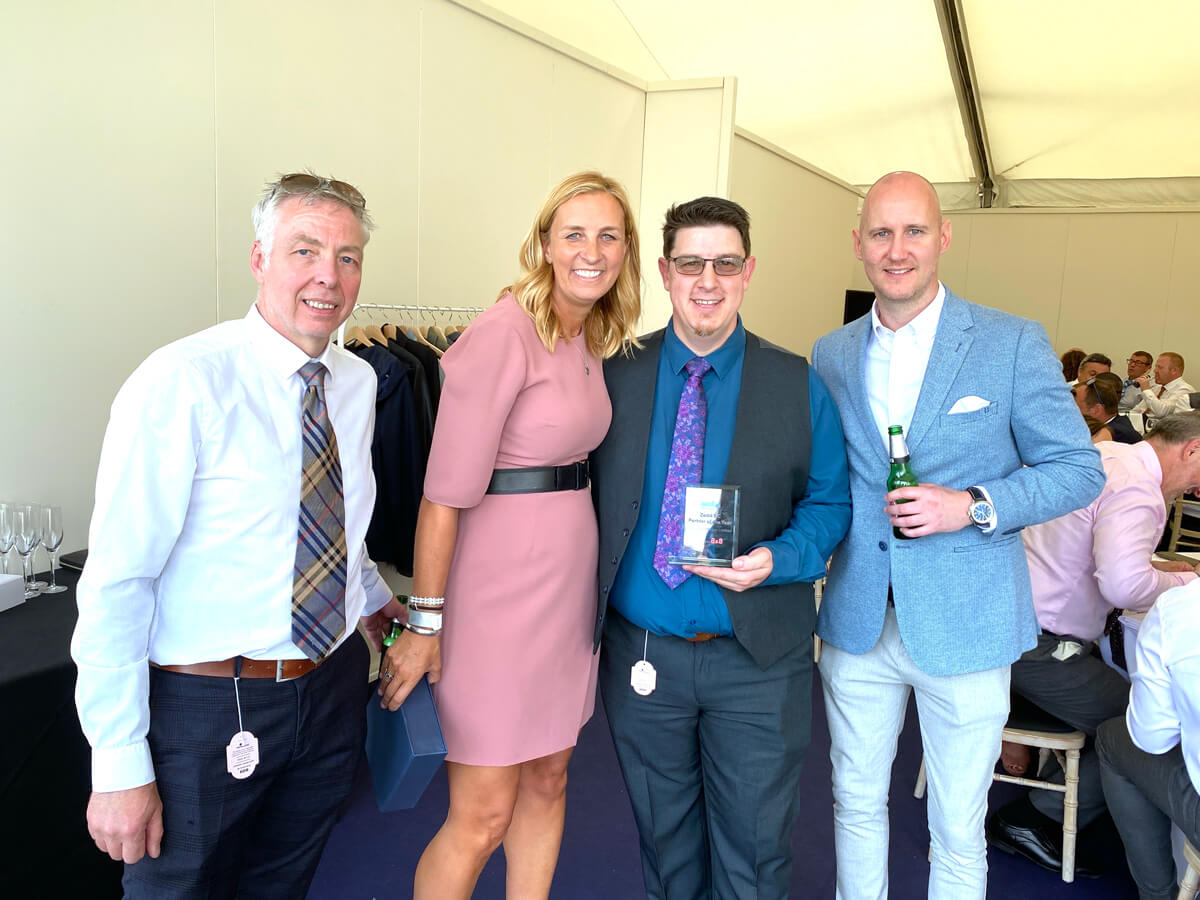IoT, M2M and smart machines that talk to each other; the stuff of nightmares, visionaries or the new day-to-day? Increasingly, these words, acronyms and phrases are becoming part of our normal vocabulary, and you’d be forgiven for thinking that they refer to something incredibly technical and complex. But, the Internet of Things, the IoT, is a remarkably simple concept, and something that is slowly creeping into all areas of our lives, whether you know about it, or not.
When we talk about the Internet of Things, the “things” we are referring to are all intelligent devices. That means machines that can interact with each other without human intervention. Not just mobile telephones, but all manner of machines – from heating thermostats to cars, lightbulbs to toothbrushes, and fridges to wristwatches. What makes these machines intelligent, is that they are all fitted with SIM cards. Because that little piece of plastic, sitting in your mobile telephone or tablet, can be configured and provisioned to ping data over cellular, Wi-Fi or broadband, providing the crucial link in the communication chain between machines; and that data connection is the “Internet” part.
But it’s no good just sending information between machines – the data must be interpreted into something meaningful and useful. Take the world of sport and fitness as an example -something that most of us get involved in either by participating or watching- Why bother following something, or doing something, if you’re not going to do anything with the information you’ve learned?
When it comes to sport, the value of IoT is often in the preparation. Athletes can track their training; heart rates, speeds, distance, calories burnt, and ultimately use this data to improve their performance. Coaches can review the information remotely, keeping up to date on their players’ true performance with minimal effort.
There are personal applications too, of course. These wearable devices are becoming ubiquitous, with over 80% of UK athletes using a smart device to track their activity. I’ve personally used a Fitbit for over six years, and was one of the early adopters of the first Jawbone fitness bands prior to that. But, I’m no longer in the minority, as more and more people are embracing wearable technology every day, this is our new normal.
It’s not just athletes that are making use of IoT technology – the possibilities behind the scenes of professional sport are huge; in motor racing, driving information like speed and acceleration can be transmitted from cars and motorbikes to track the performance of vehicles. What’s more, sports equipment can be checked remotely with predictive and preventative maintenance. Would you even believe that an intelligent tag on a pregnant racehorse’s ear can track her increasing temperature so accurately that it can predict when she will go into labour? This means that there’s no need for a vet to be on-site until necessary, thanks to this remote monitoring. All this manages to save increasingly huge amounts of time and effort, as the IoT technology will begin to automatically alert you if something goes wrong.
So, what’s next for wearable connected devices?
From where I’m standing, I think we’re on the edge of the explosion. The market is already huge, and I’m expecting appetite to grow exponentially as people and businesses continue to recognise the potential in using intelligent devices to capture information. In the years to come, perhaps we’ll reach a point where automated technology replaces all referees and umpires, we already have Hawkeye and Video Referees for tennis and football –we will rely on the Internet of Things for tracking competition results as well as personal performance.
What is key for all of us to take away from this revolution, is even if we don’t work or play in the sporting arena, all the cutting-edge technology that is being delivered today for sports and motoring etc, will bleed down into our everyday business and personal lives very shortly and enable all of us to benefit. If you are not already, you will soon be benefiting from IoT of some description at work and at home.
If you want to find out more about how Zest4 can help you sell IoT through your business or how IoT could benefit your own business get in touch at anton.lesaux@zest4.com or go to http://zest4.com/m2m to see how you can become a Zest4 IoT partner.







